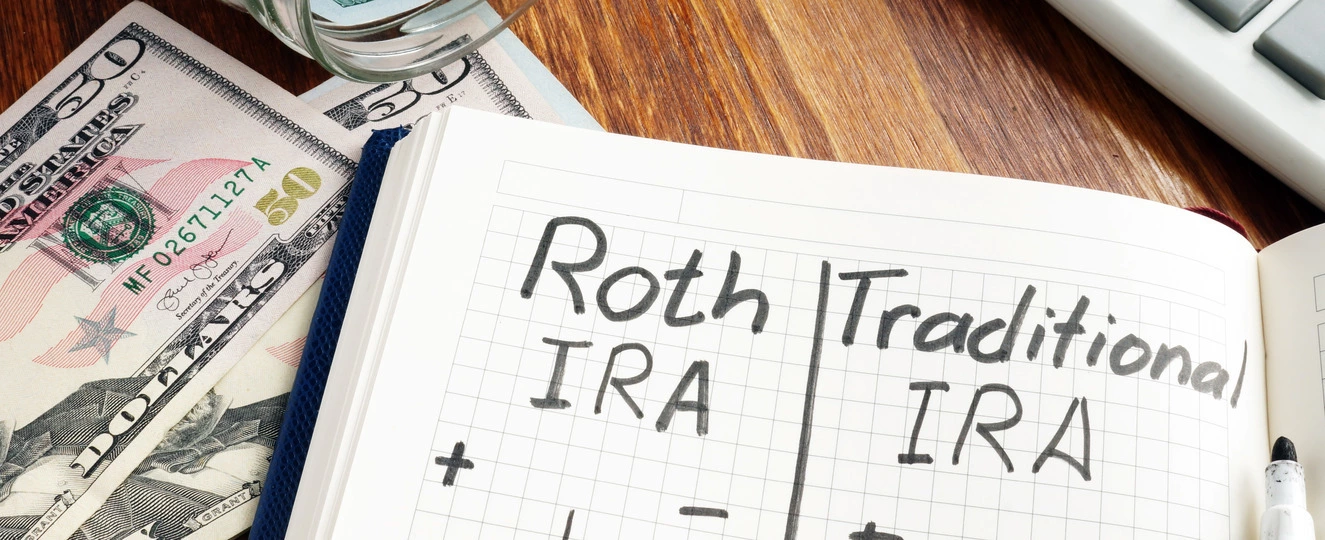
If you were born before 1951, remember that you must take your required minimum distributions (RMDs) from funds held in individual retirement arrangements (IRAs) and other retirement plans before the end of the year.
RMDs are amounts that account owners must withdraw each year once they reach their required beginning date, currently age 72. RMDs are taxable income and are subject to penalties if not taken when required.
These rules apply to both IRAs and employer sponsored 401(k), 403(b), and 457(b) plans. Owners of Roth IRAs are not required to take withdrawals during their lifetime. However, after the death of the account owner, beneficiaries of a Roth IRA are subject to the RMD rules.
Participants in employer-sponsored retirement plans can delay taking their RMDs until they retire, unless they are a five percent owner of the business sponsoring the plan. However, those with IRAs must still take RMDs even if still employed.
If you fail to withdraw the full amount of the RMD by the due date, you are subject to an excise tax equal to 25 percent of the amount not withdrawn for 2023 and later years. The SECURE 2.0 Act dropped the excise tax rate from 50 percent for distributions required for 2023 and reduces the tax rate to 10 percent if the error is corrected within two years.
Good news for those born in 1951 or later, the Secure 2.0 Act raised the age that you must begin taking RMDs. For 2023, the required beginning age for RMDs goes up from age 72 to age 73, so individuals born in 1951 must receive their first required minimum distribution by April 1, 2025.
If you have any questions about RMDs or any other benefits issues, please contact any member of Bricker Graydon’s employee benefits team.

